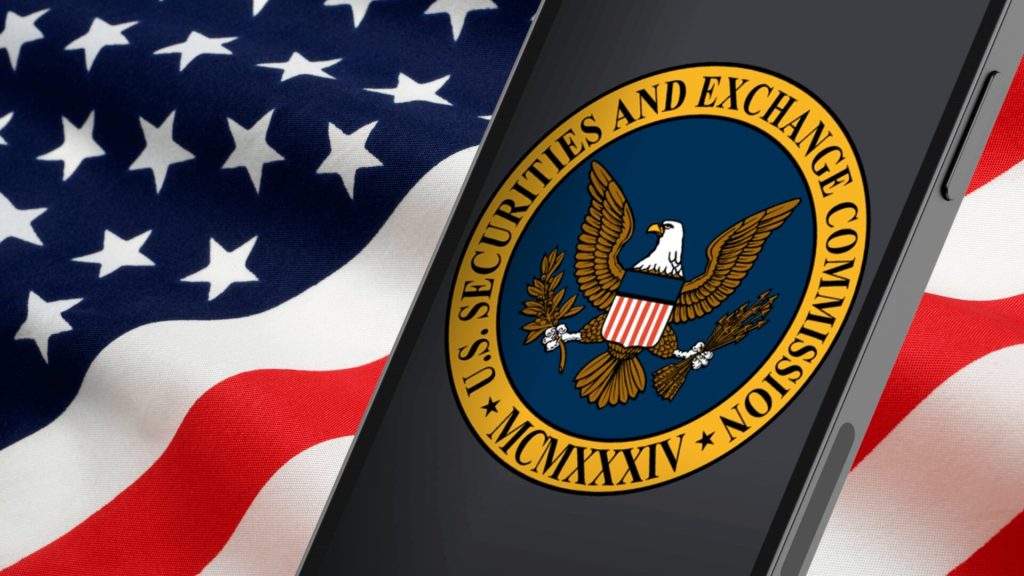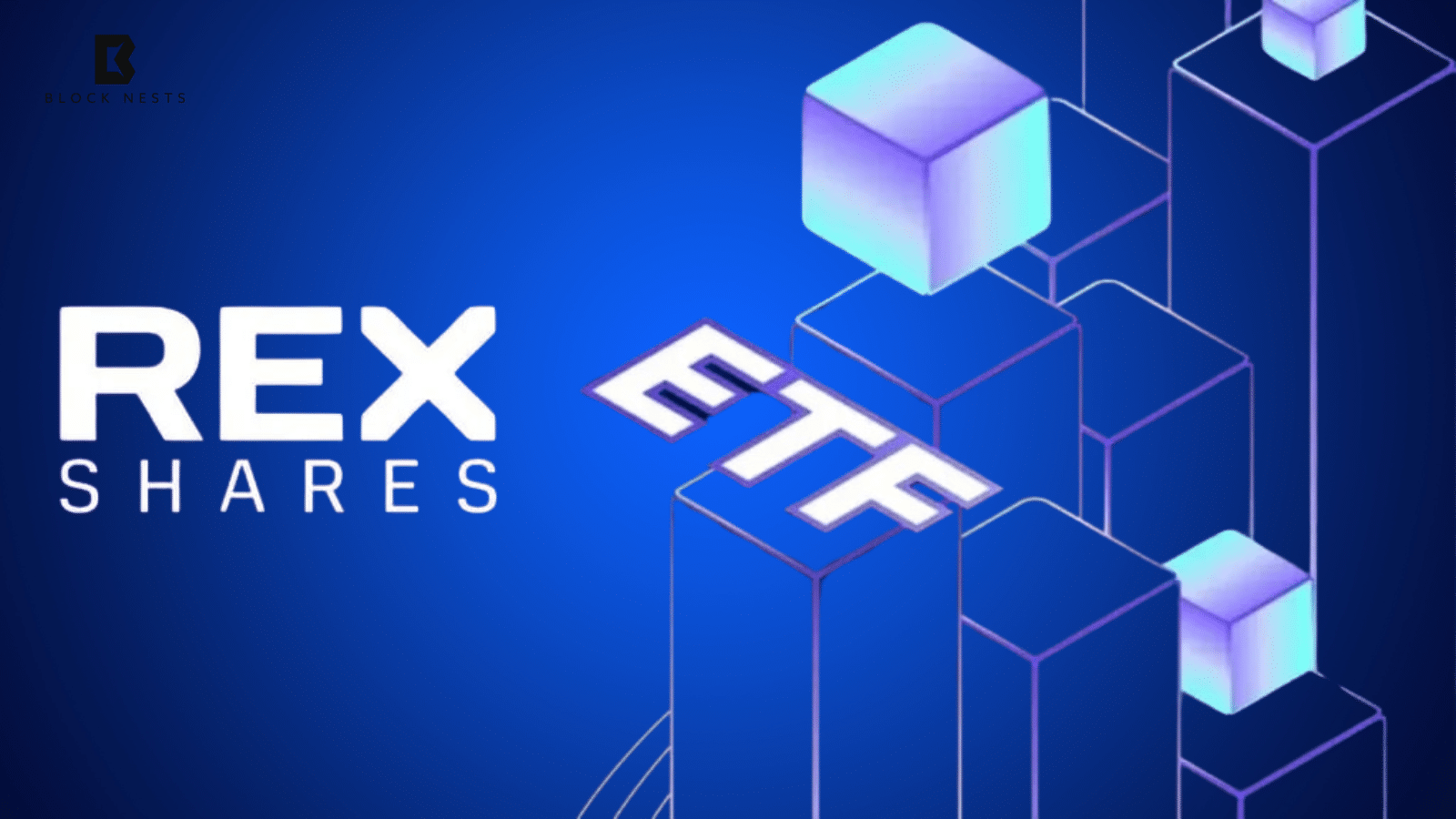- SEC outlines rules for stablecoins pegged to the U.S. dollar, excluding algorithmic and yield-bearing types.
- Covered Stablecoins’ sale proceeds fund reserves, with no interest earned by consumers holding tokens.
- Stablecoins such as Tether and USDC are excluded from securities regulation, providing clarity for issuers.
The US Securities and Exchange Commission (SEC) has released the guidelines to clarify information that has led to the regulation of cryptocurrency. The SEC’s Division of Corporation Finance was particularly interested in a type of stablecoin known as the “Covered Stablecoins.” This is part of the ongoing SEC effort to standardize the regulation of digital currencies with federal securities laws.
Stablecoins are cryptocurrencies whose value is pegged to that of the U.S dollar. These are dollar coins that are linked to the dollar and can be exchanged for US dollars at an equivalent rate of 1:1. The SEC also clarified that these stablecoins are collateralized by liquid, low-risk assets that can cover all the issued coins. This has to happen in order for the stablecoin to retain the 1 USD price at all times.
SEC Stablecoin Regulations
SEC reiterated that its guidance concerns only specific types of stablecoins. Its work is limited to stablecoins linked to the US dollar, hence excluding algorithmic stablecoins and yield-bearing stablecoins. Further, stablecoins anchored in assets other than U.S. dollars fall short of the requirement of the SEC. This helps determine which of the stablecoins are regulated by the SEC.
Tether and USDC are the two dominant stablecoins tied to the U.S. dollar. These are stablecoins that are anchored to the U.S dollar, and both are listed in the SEC. However, the SEC was keen to point out that the sale or offer of Covered Stablecoins is not an offer of an investment contract.
“It is the Division’s view that the offer and sale of Covered Stablecoins, in the manner and under the circumstances described in this statement, do not involve the offer and sale of securities within the meaning of Section 2(a)(1) of the Securities Act of 1933,” the division wrote.
Stablecoins and Reserve Funding
The SEC has a clear aim of offering stablecoin issuers more certainty. It would, therefore, help the agency to clarify the regulatory environment regarding the issue of such stablecoins to the issuers. The agency went further to explain that the money obtained from selling the Covered Stablecoins is to fund the reserves that support the covered stablecoins, and consumers cannot earn interest for holding the covered tokens.
However, the SEC seeks to provide more openness and predictability in the expanding space of crypto assets. This guidance suggests that stablecoins that meet some conditions will not be treated like other forms of cryptocurrency. The SEC’s new commentary is a valuable resource to both the issuers and the investors in the sphere of cryptocurrencies.
“Accordingly, persons involved in the process of “minting” (or creating) and redeeming Covered Stablecoins do not need to register those transactions with the Commission under the Securities Act or fall within one of the Securities Act’s exemptions from registration,” the agency noted.
How would you rate your experience?






